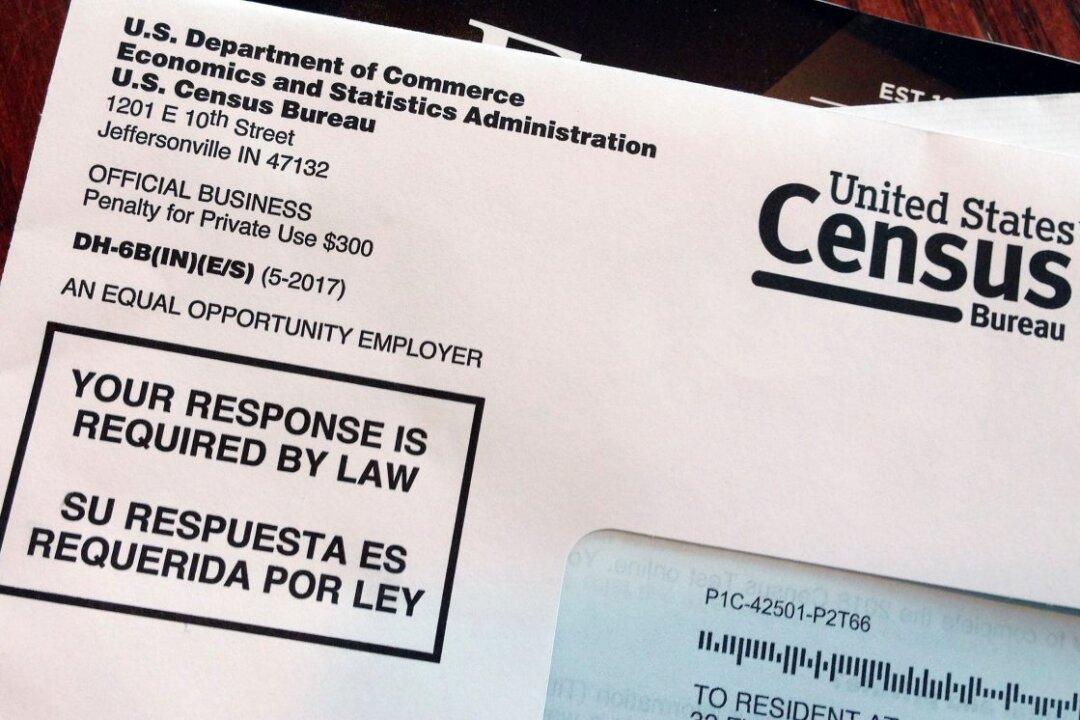Letter to Editor
The Supreme Court is currently deliberating the inclusion of a citizenship question in the 2020 decennial census, which was unexpectedly barred by a New York federal district court judge in January. The Supreme Court decisions for this term are due by the end of June, which is also when census printing must commence.
